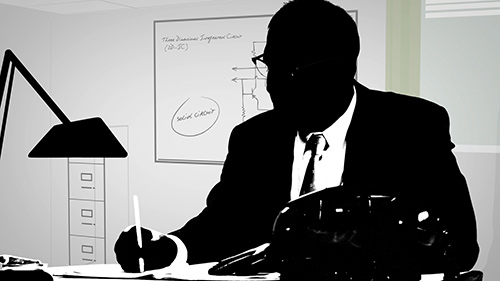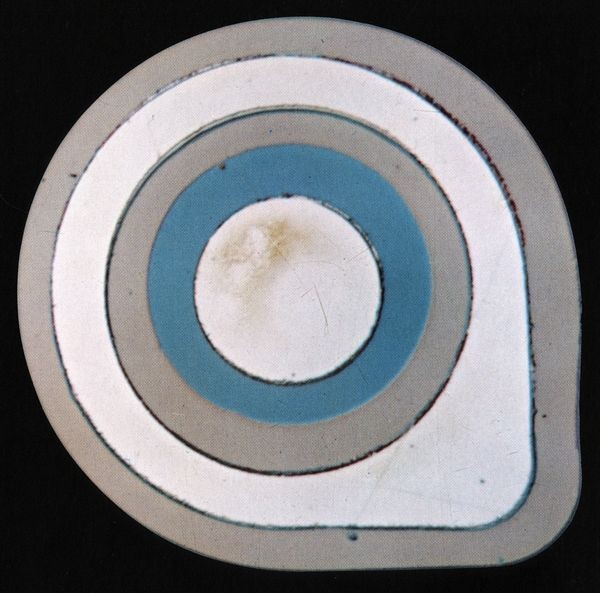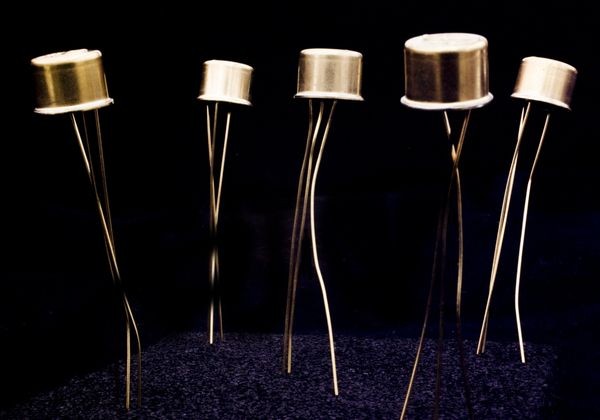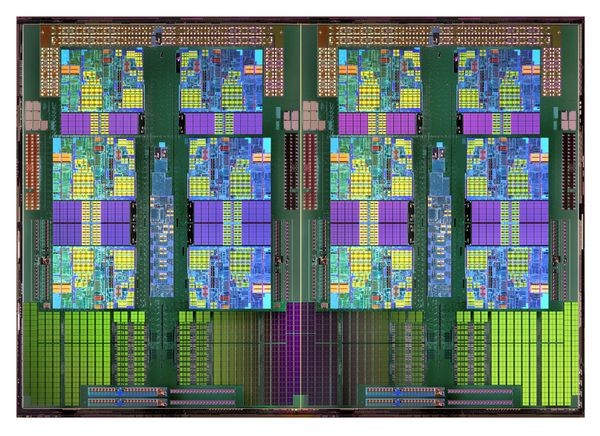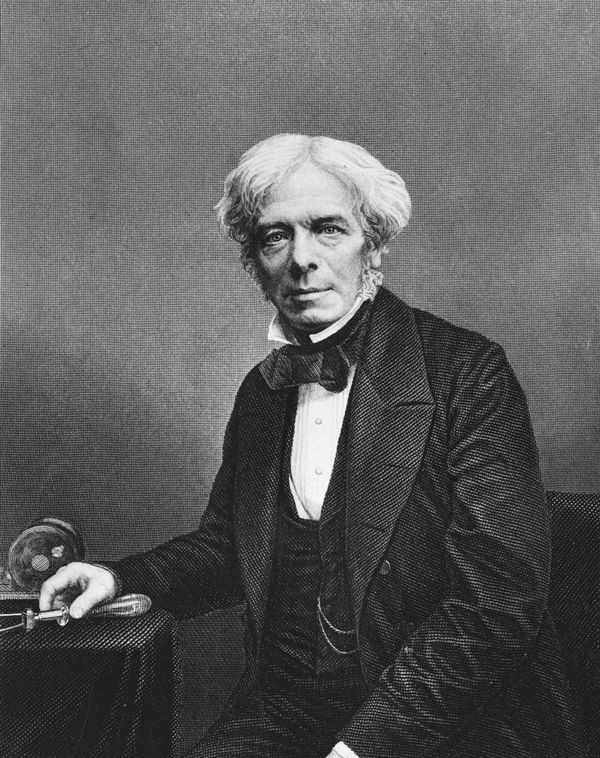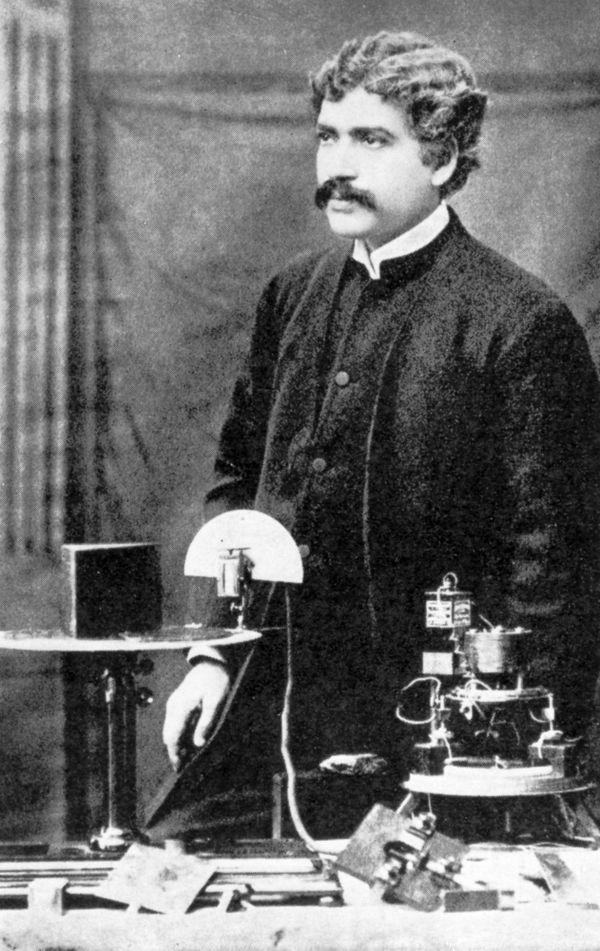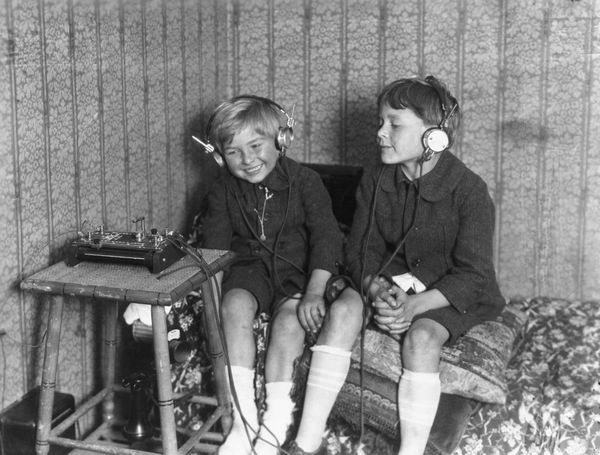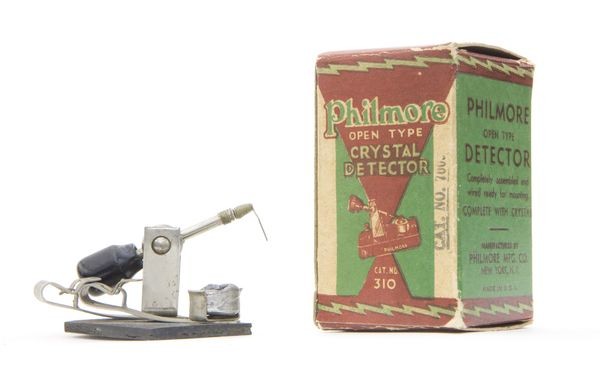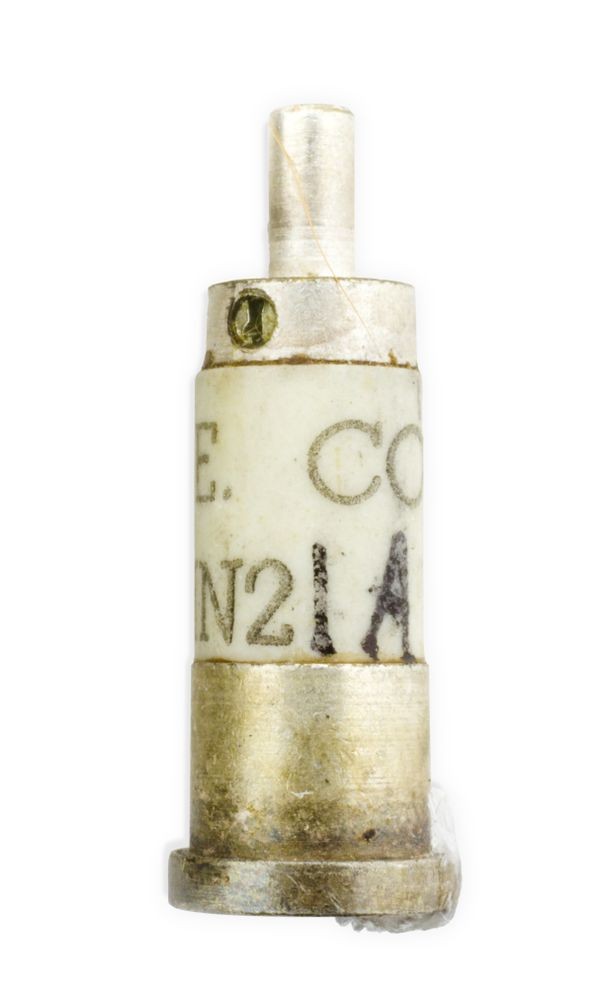The Next Generation: Semiconductors
The Silicon Engine
The powerful and ubiquitous silicon chips that run the computers, smart phones and even the cars and appliances we use daily all spring from the transistor. This video presents an overview of the 60-year history of innovation, invention and development that took us from vacuum tubes to modern microprocessors.
The Next Generation: Semiconductors
Smaller. Cheaper. Faster. Cooler. The invention in 1947 of semiconductor transistors -- miniature electronic devices based on the principles of solid-state physics -- brought a remarkable new alternative to vacuum tube amplifiers and switches.
Today, multiple transistors connected in “integrated circuits” are fabricated with a process similar to printing. Steady reduction in transistor size has revolutionized computing, making systems ever tinier, speedier, and more power efficient.
First planar transistor
This photomicrograph shows the first planar transistor, built by Jean Hoerni in 1959.
View Artifact DetailAMD Opteron 6100 microprocessor
The Opteron 6100 12-core microprocessor chip contains 1.8 billion transistors. It was built with a process that evolved from the one used about 60 years earlier for the first planar transistor.
View Artifact Detail2N1613 Transistor, Fairchild, 1959
Fairchild Semiconductor’s planar process revolutionized semiconductor manufacturing in 1959 but initially supported just one transistor per silicon chip.
View Artifact Detail1,800,000,000 transistors
Close-up of the 1.8 billion transistors on the AMD Opteron 6100.
View Artifact DetailWhat is a Semiconductor?
There are two basic types of materials: conductors, which let electricity flow freely, and insulators, which don’t. Semiconductors have a foot in both camps. Their conductivity can change depending on electrical, thermal, or physical stimulation. This lets them act as amplifiers, switches, or other electrical components.
British physicist Michael Faraday experimented with semiconductors in 1833. German physicist Ferdinand Braun discovered in 1874 that galena crystals could function as diodes, letting electricity flow in just one direction. Indian physicist Jagdish Chandra Bose patented its use as a crystal radio signal detector in 1901.
Michael Faraday (1791-1867)
Faraday, who discovered the principle behind the electric transformer and generator, described in 1833 an “extraordinary case” later identified as a semiconductor effect.
View Artifact DetailSir Jagadish Chandra Bose (1858-1937)
Bose was born in what is now Bangladesh. His U.S. patent for a “detector of electrical disturbances” was the first ever issued to someone from India.
View Artifact DetailChildren listening to a crystal radio
Crystal radios gave children access to ideas and entertainment from beyond their local communities.
View Artifact DetailKarl Ferdinand Braun (1850-1918)
In addition to discovering the point-contact diode and inventing the cathode ray tube (CRT), Braun received the 1909 Nobel Prize in Physics for his work on wireless telegraphy.
View Artifact DetailCrystal Radio Detector
The first commercial semiconductor device, a crystal radio detector diode, was commonly known as a “cat’s whisker” detector. Vacuum tubes eventually replaced it in most radio applications, thanks to their more predictable operating characteristics.
View Artifact Detail1N21A Silicon Microwave Rectifier, Western Electric, circa 1940
Semiconductor detector diodes regained prominence in World War II because of their ability to function at radar microwave frequencies.
View Artifact DetailRelated Content
Learn more about these early discoveries and uses of semiconductors
Michael Faraday’s discovery of a semiconductor effect
Karl Ferdinand Braun's discovery of a semiconductor diode
Jagadish Chandra Bose patents the “Cat’s Whisker" diode
Semiconductor diode enables airborne radar
